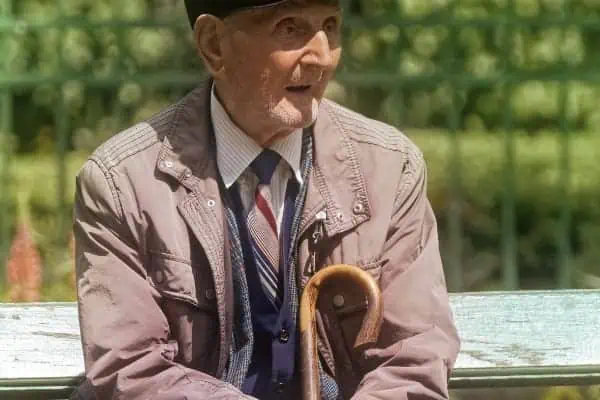People new to outdoor activity such as hunting, hiking and camping are likely a bit more organized on the second or third trip than they were on the first one. At first the newbie often just stuffs the pack and gear boxes in no particular order and, unless they are lucky, has to go through all or most of them to find an item that they need. You won’t be looking for socks, rain-gear or toilet paper in a box marked KITCHEN.
On fly-in, boat or truck trips where a backpack is simply used to pack gear in, a small store-bought label attached with a zip-tie can list all the contents of the pack. When camp is set up the pack is emptied and refilled with essentials for the hunt or hike.
This same labelling can be attached to the latch on any of the coolers and the weather-proof plastic tote-boxes so often used for outdoor adventures. It saves a lot of time (and wet gear if it’s raining) because you identify the proper container by reading the labels.
A system of colour coding saves time as well. The small to medium size “stuff-bags” are available in a few different colours. Choose your own colour choices, but, as examples, socks can be in a small bag which is a different colour than the same sized bags containing personal medications, gloves, hats, headlamp, spare batteries, etc. Slightly larger bags in different colours can hold your long johns, rain-gear or wool shirt. These various bags can be laid out inside the wall of the tent so you can just grab the bag you need for whatever gear you are looking for. These bags can also be stuffed inside a shirt to make a pillow for the coming nights. A felt marker can permanently note what is usually carried in this particular bag.
The tarp and rope bag will be a little larger and can also be labelled with a marker.
Ropes are an essential part of any camp set-up and are available in the junk or good quality categories. You won’t keep junk rope for any length of time as it frays, has a knot memory, breaks easily or stretches excessively. Rope can be stored in bags clearly identified as “Rope bags,” by colour or type of bag. We don’t want to cut good rope so it should be carried in various lengths to suit needs around the campsite. It is easy to to pick out your 10’, 20’ or 30’ lengths simply by having them different colours. You choose the colour coding, but, as an example, 10’ blue ropes are easily selected from among the 20’ reds and the 30’ greens.
Of course all ropes should be coiled neatly to avoid tangles and have them immediately ready for use. Quickly available ropes in the right lengths can often save the tarp or the boat from the effects of sudden –or predicted – middle of the night wind extremes.




